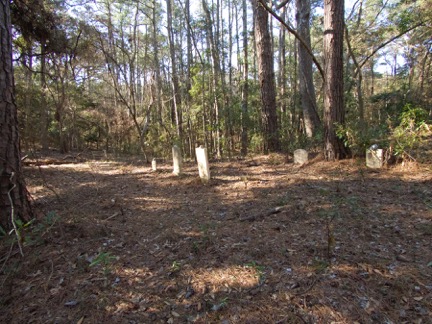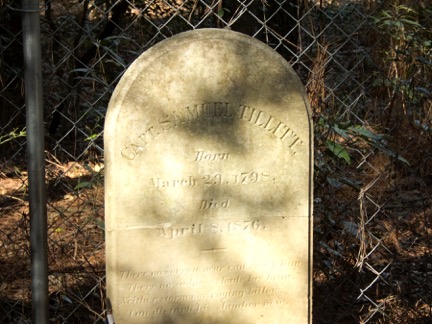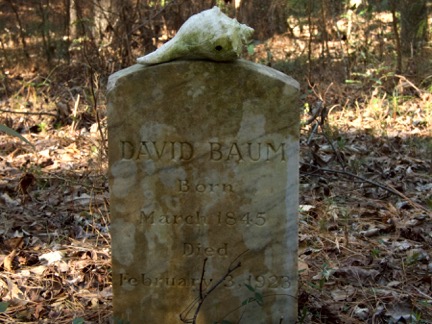With modern vacation homes lining the shoreline and the beauty of near perfect vacation getaway, the Outer Banks almost seems to be a place that came into existence 30 or perhaps 40 years ago. Sure, the Wright Brothers came to what was then Kitty Hawk—now Kill Devil Hills—to fly kites and then an airplane, but beyond that there does not seem to be much to the history of the area.

Actually, the Outer Banks was one of the first places European settlers put down roots. Leaving the Lost Colony out of the mix since that was a failed attempt, there have been settlers here—mostly from the British Isles—since the mid 1600s.
From the beginning though, the Outer Banks have always been a little remote and there was never a large permanent population. Life was difficult and in the struggle to provide food and shelter for family, there was not a lot of time left for record keeping and tracing the local history back in time can be difficult.
There is a history, though, told beneath the shade of massive live oak trees, behind unkempt picket fences and in overgrown patches of grass and weeds where headstones still rise above the thickets.
The European settlers brought with them the practice of symbolizing the final resting place of loved ones with a marker of some sort. More well-to-do families could afford a headstone; poorer families would mark the site with a carved piece of wood.
Before improved transportation, refrigeration and modern preservation techniques, family members were interred within one or at the most two days after passing away. The community cemeteries that are the norm in cities did not exist in the rural setting that was the Outer Banks.
There are a number of those family cemeteries still to be found—although some of them are so isolated that they are almost lost to time.
Nags Head Woods is an exquisitely beautiful 1100 acre nature preserve straddling the Kill Devil Hills/Nags Head town lines. A part of the Nature Conservancy, the heavily wooded hills (they’re actually relic sand dunes) have a number of cemeteries.
Two of them are easy to find. The Tillett cemetery is on the right hand side of Nags Head Woods Road as you’re heading toward Roanoke Sound. Look for a chain link fence on a small hill. With headstones dating back to the early 1800s it’s a fascinating slice of history. On the left side of the road, almost to the sound, is another cemetery. Larger than the Tillett site, markers here go back to the late 19th century and it looks as though it may still be in occasional use.

The Norris Baum Cemetery is almost impossible to find. The cemetery is off the trail that leads to the backside of Run Hill and is very difficult to see—not visible at all from the trail.
There is an interesting tale to be told here. All the markers are of the Baum family with Norris Baum the elder. Off to the side and clearly separated from the other markers, is the headstone of David Baum, born in 1845. The belief is that David was born a slave, but continued to live with the Baum family after the Civil War. Although he would have been considered a member of the household, he was not family and the strict segregation of the races that was the norm for life at that time found its way to the grave.

There are other cemeteries scattered throughout the Outer Banks. One of the more interesting ones and very accessible is the Roberts cemetery on Settlers Lane in Duck. A nicely maintained site, the markers tell a tale of extraordinary sadness—three small markers register the passing of three infants, none of whom lived to their second birthday.
For anyone looking for more information on Outer Banks cemeteries, the NCGenWeb Project webpage is an extraordinary resource.
